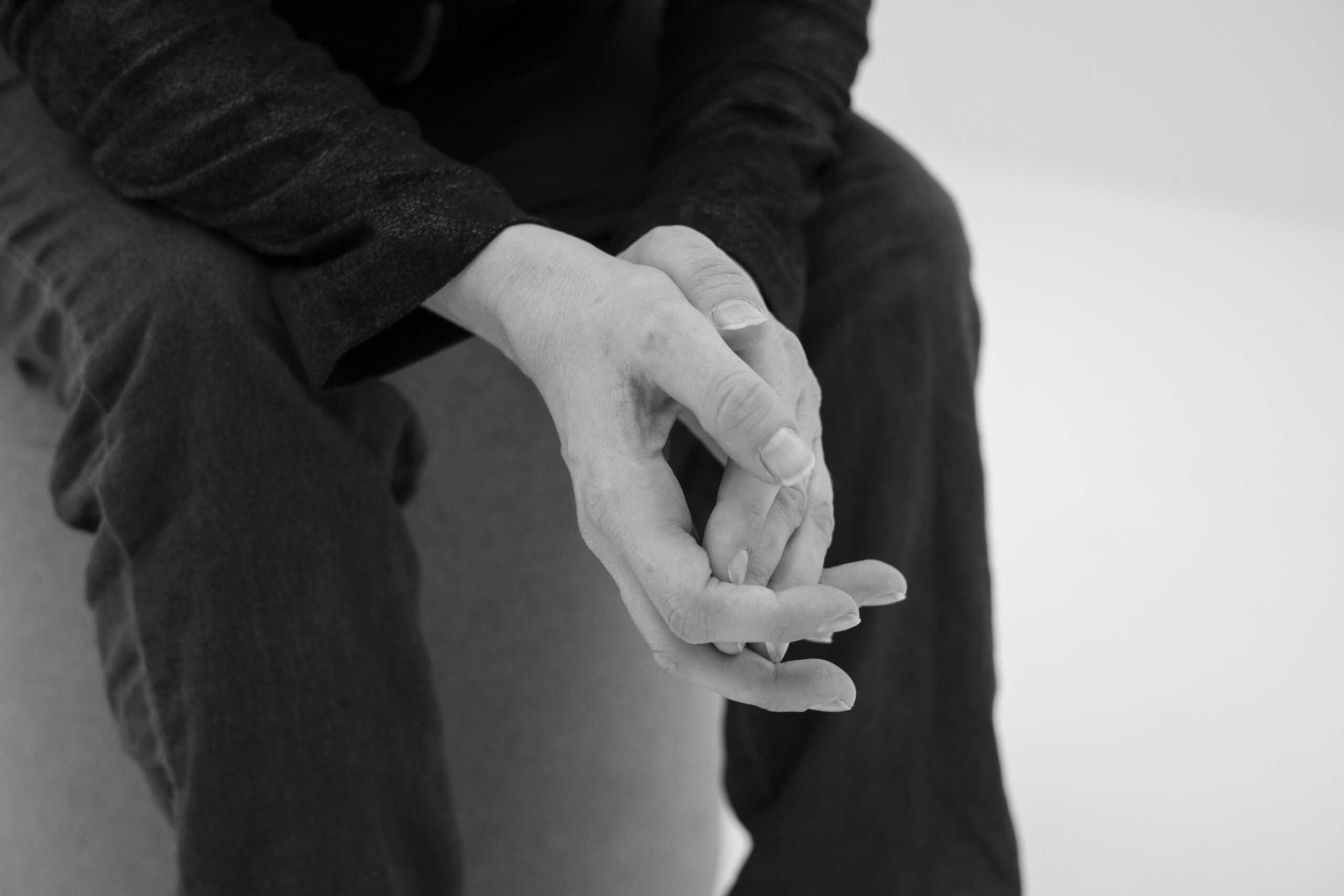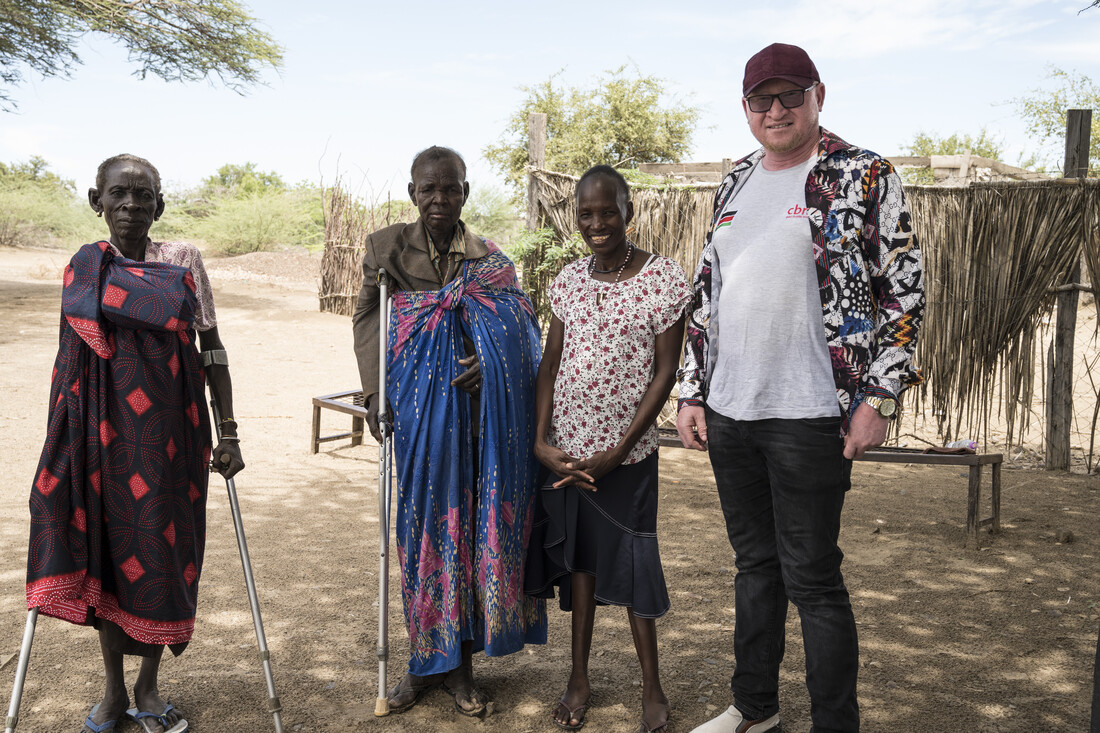Stories of Hope: Seta
Pacific, Stories | June 25, 2024
When he was growing up, Seta did not ever imagine he would one day experience life with a disability. At age 17, he suddenly lost his vision and everything changed.
“The world became different to me. More unjust, more unwelcoming, unfriendly, excluding. I had to work twice if not three times as hard,” he says.
“That triggered my desire to change what it means to be a person with disability. I made myself a personal goal and a commitment – why should those with disabilities coming after me go through the same hell that I did? If I can do something to make it better for them, I will.”
Seta lives in Fiji, where the tropical climate and other factors make the environment particularly prone to natural hazards including cyclones, floods, droughts, earthquakes, tsunamis and rising sea levels. In April 2020, the Category 5 Cyclone Harold caused widespread destruction across Fiji and neighbouring countries.
People with disabilities are at a higher risk during disaster events and often face barriers in accessing safety and response efforts after an emergency.
That is why Seta is a strong advocate for the development of more resilient communities by ensuring people with disabilities can play active roles in disability-inclusive disaster risk reduction.
“We need to be in the space to be involved and engaged to ensure that our issues of persons with disabilities are included in the preparedness, response and also during disasters,” he says.
“If we are not part of that, we are at risk of what is called globally ‘being left behind’. We do not want to be left behind. We want to be part of the planning, the preparation, the right process and also legislation.”
Seta says that if people with disabilities are not involved in planning and preparing for disasters, responses put in place may not recognise the variety of challenges and barriers they can face.
“When evacuation centres are not accessible, people with disabilities would generally prefer to stay in the confines of their homes. Evacuation centres may not be a safe place also,” he says.
“Persons with disabilities are able to provide that feedback. Are distribution points in an accessible location? Are the tarpaulins and tents that are brought in?”
It is also vital that early warning systems, which provide alerts for tsunamis and other looming disasters, are inclusive.
“For people who are blind, if they cannot read then what is the alternative? Early warning signals must be adapted to be inclusive, to ensure that all members of the public including people with disabilities are benefiting from the services.”
Seta’s goal is to ensure that the voices and lived experience of people with disabilities are always part of disaster risk-reduction planning.
“They need to be involved in the design; they need to be consulted. The need for the engagement, the involvement, for them to be consulted is critical for disability-inclusive disaster risk-reduction programs and strategies to be effective and meaningful.”
Read more stories and reflections in our Prepared to Hope series.
CBM Australia acknowledges the support of the Australian Government through the Australian NGO Cooperation Program (ANCP).
https://www.cbm.org.au/stories/stories-of-hope-seta
Related Stories

Week 7 – Lent Series 2025
A solidarity of love, relationship and sacrifice. A solidarity that is profound and astounding. As we draw near to Good Friday, we remember Jesus’ love and...

Week 6 – Lent Series 2025
Solidarity Leads to Partnership Partnership with people with disabilities is working alongside them to build an inclusive and accessible world. CBM Australia works to improve the...

Week 5 – Lent Series 2025
Solidarity: Seeking to Listen and Understand Action that is taken in solidarity finds its origins in listening. Jesus’ actions and ministry flowed out of relationship and...
